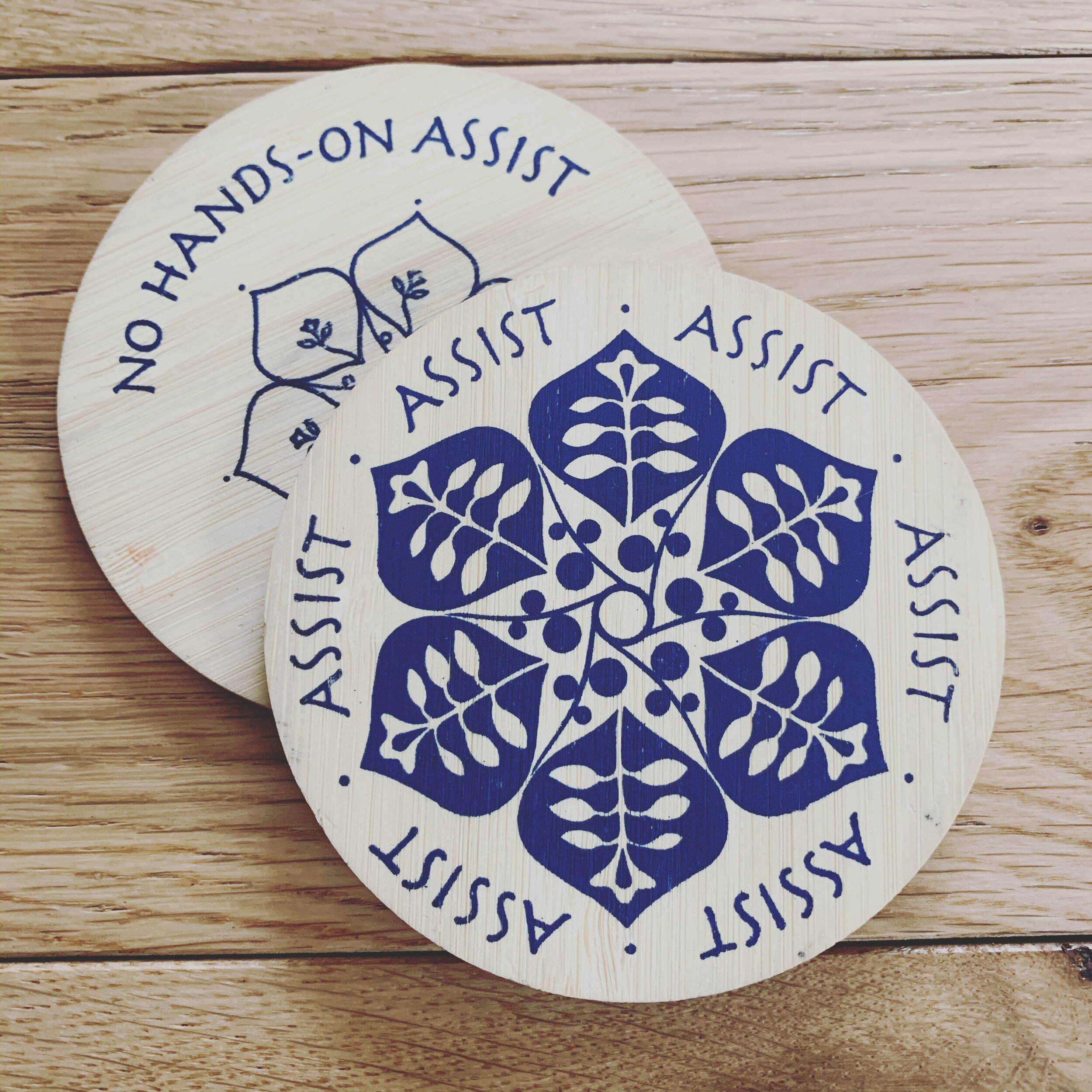Exclusive Awareness (Part One)
/Throughout my years of practice, I’ve encountered many ways of describing the mind, attention, and awareness. This variation seems to be different ways of speaking to two primary states of awareness or attention that come into play in our life and activities.
Both are helpful, although we might find that one is more comfortable for us than the other. I’ll talk more about inclusive awareness in a future post. For now, let me introduce you to:
This photo from my trip to Esalen leads me to an experience of exclusive awareness as the small details of the flower are magnified and the background fades away.
Exclusive Awareness
The first I want to speak to (which does not mean it is first in order of importance or operation), is what I’ll call exclusive awareness. I’ve also heard exclusive awareness referred to as one-pointed-attention, or simply attention.
In Sanskrit they use the work ekagrata to refer to concentration, one-pointed-attention, this exclusive awareness.
Micro-Level Awareness
For me, exclusive awareness is the practice of focusing my attention at a more micro level. Like the close-up view through a microscope. Or the shallow depth of field in the imagine of a flower.
By zooming your attention into the details, you are able to see and feel more in that small area than you might have noticed before.
During Asana & Meditation Practice
In a yoga class when you practice exclusive awareness you have the opportunity to sense into the small details. Bring your attention to the sole of your foot. Feel the weight through your heel and ball of the big toe. Notice if one foot carries more weight than the other….
Through the practice of exclusive awareness, you might soften your attention to the other sensations and phenomena arising and focus on something small and intimate. The breath can become an interesting, fascinating, and ever-changing focus of exclusive awareness in asana, meditation, or simply as you move through your day. By counting your breaths in asana practice or in meditation, you train the mind to focus on one thing. Each time the mind wanders, you gently bring it back to your breath.
Each breath you take is unique and gives you the opportunity to welcome change.
While you count your breath you might ask: Can I count ten breaths in a row without losing track? Where does your breath move in your torso? What other areas move with your breath? How do you feel different when you breathe high in your ribs compared to breathing low in your belly? What does a fast, short breath offer? What does a long, slow breath offer? How do your movements change your breath print? How do your emotions shift the pace and movements of your breath?
It is easy for me to get wrapped up in the small details of arts and crafts.
In Life & Art
Exclusive awareness comes with us into projects that ask for careful attention on small details. Perhaps something like music or art, where your hand placement dramatically changes your brush stroke or the sound and quality of the note you play.
You know you’ve found yourself in exclusive awareness when the world seems to fade away. When you are fully immersed in the task at hand and the other stimuli around you fade into the background.
This might be a comforting and nourishing place to find yourself, especially if you are working with a craft or vocation that brings you joy. It may also be challenging if you are encountering intense physical pain or mind pain.
Guidance & Support
As you practice exclusive awareness, it opens you up to the possibility of cultivating focus and attention in the midst of the pleasant and unpleasant. It will be helpful to have a guide as you journey into meditation, especially if you encounter trauma or pain physically, mentally, or emotionally. A therapist, social worker, meditation teacher, or other skilled guide may be able to assist you as you encounter periods of difficulty or intensity.
I invite you to look back on your day for times when you found yourself in spontaneous moments of exclusive awareness. What were you doing? How did you feel at that time? How long did this experience last? How might you consciously support exclusive awareness in your day-to-day activities?




